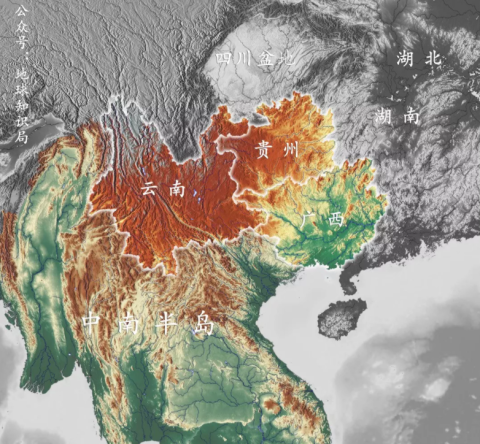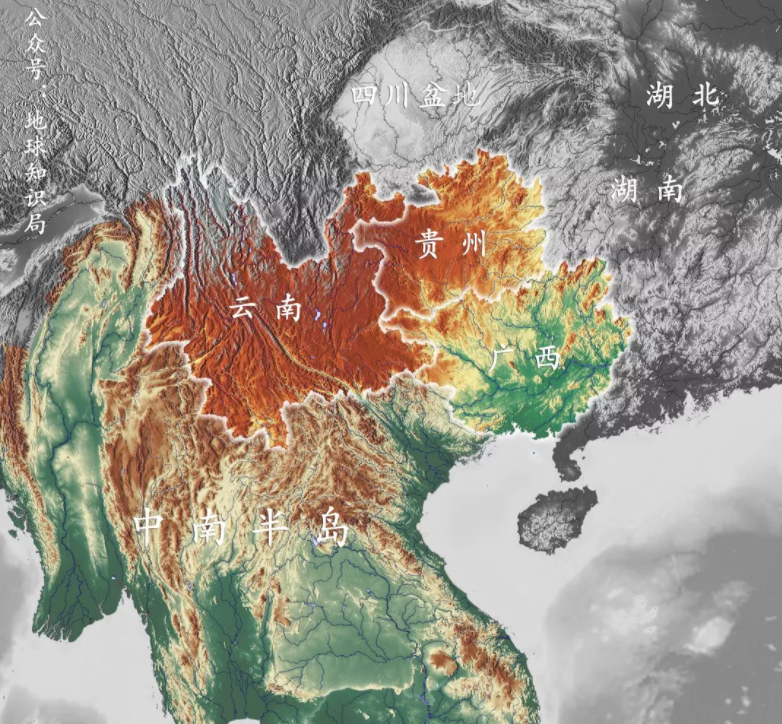
Although I have heard the name of Zhenyuan Ancient Town for a long time, I still know nothing about it. I saw an official introduction and compared it with the scenery I saw on the spot. I think this paragraph is concise and just right. I would like to share it:
Zhenyuan Ancient Town is located on the banks of the Yang River and is surrounded by mountains. The river meanders through the city in an "S" shape, with the old Fucheng on the north bank and the old Acropolis on the south bank. From a distance, it looks like a Tai Chi diagram. Both cities were built in the Ming Dynasty, and some of the city walls and gates still exist. There are a lot of ancient buildings, traditional houses, and historical docks inside and outside the city. Qinglong Cave in the east of the city is a group of extremely large-scale religious buildings from the Ming and Qing Dynasties. There are Buddhist temples, Taoist temples and Confucian temples. The three religions merge into one, which is spectacular. In addition, there are tourist attractions such as Tianhou Temple, Wuwang Cave, Shiping Mountain, and Tiexi along the Meryang River.
If I only have a fleeting recollection now, I can think of probably three characteristics of Zhenyuan Ancient Town:
The first is that the architecture is very distinctive. When it comes to characteristics, it is not a special style that no one has but me, but a different combination of existing architectural elements or an unusual architectural style in a common place. A Wuyang River divides the ancient town into two, with mountains on both sides. Between the gaps in the mountains and rivers is the habitat left by nature for humans. On the side closer to the mountain, the houses gradually rise due to the terrain, but they are not the common wooden stilted buildings in Guizhou, but have the style of Jiangnan courtyards and the layout of mountain buildings. They are both fortress-like and solemn, and have the arrogance of wealthy merchants. It makes people wonder whether they are in the Wang Family Courtyard in Shanxi or Hongcun in Anhui. I am used to seeing stilted buildings with different directions, uneven and scattered, but suddenly I am not used to the common courtyards with corridors and gates, with white bricks and gray tiles. People like us who came to see ethnic minority stilt houses out of curiosity suddenly felt novel about common brick buildings after seeing all the stilt houses.



If you ask why northern or Jiangnan architectural styles appear here, it is not difficult to trace the ins and outs of this place. Zhenyuan County belongs to the Qiandongnan Miao and Dong Autonomous Prefecture in Guizhou Province. It is located at the intersection of Huaihua, Tongren and Qiandongnan provinces and five counties in Hunan and Guizhou provinces. It is known as "the key to Dianchu and the gateway to eastern Guizhou". History books say: If you want to capture Dianchu, you must occupy Zhenyuan; if you want to reach Yunnan and Guizhou, you must first defend Zhenyuan. Why is this location so important? Traditionally, there are three main directions from the Central Plains to Yunnan: Guizhou, Sichuan, and Guangxi. The road through Sichuan not only has to pass through the Jinsha River, but also has to go through the difficulties of the Shu Road in the initial stage. When traveling through Guangxi, in addition to having to go through adverse geographical conditions such as miasma in the Lingnan area, the route itself is also very circuitous, so the importance of Guizhou is reflected. "Since the Yuan Dynasty, most people traveling from the Central Plains to Yunnan have chosen to pass through Guizhou as their first choice, so that later "The road to Guizhou was blocked and there was no way to enter Yunnan." This road leads from Huguang to Qiandongping " It is equivalent to starting from Huaihua, Hunan today, along the Wuyang River to the west into Guizhou, then crossing the plateau, entering Yunnan in southwestern Guizhou to Qujing. From a strategic point of view, Guizhou is the channel that controls the southwest, and Zhenyuan is a key point on the channel. Therefore, it is not difficult to understand that it has become the intersection of different cultures, and it is not surprising that various styles of architecture have appeared.

The second feature is that the Wuyang River that passes through the city is not as winding and slender as the water in ordinary ancient towns. The Wuyang River originates from Weng'an in the hinterland of Miaoling, flows through Huangping, Shibing, Zhenyuan, Yuping, and finally ends in Hunan and The Qingshui River merges and flows through the town far away with a wide open surface and huge water flow. Coupled with this open and majestic flowing water, the temperament of the entire ancient town has also gotten rid of the constraints of exquisiteness and beauty, and has become grand and spectacular. If there is any characteristic of Zhenyuan Ancient Town that distinguishes it from other ancient towns, it may be this majestic atmosphere. It is not obsessed with delicacy, beauty, and compactness, but with its unique location close to mountains and rivers. A calm atmosphere wins .
The third characteristic is that there are few people and it is quiet. This may be regarded as an extension of the second characteristic. The city has wide rivers, wide streets, high walls, and many roads. I don’t know whether it’s because there are really few tourists, or because it’s so open and doesn’t feel crowded. In short, you won’t feel irritated by the crowds of people while walking around. In fact, I just visited some ancient houses along Shiping Mountain. I think other people's travel notes seem to have missed many places. I think the photos taken by others from the commanding heights are really good. Therefore, here you can see the vastness and grandeur of climbing up high, the natural beauty of green mountains and clear waters, and the vicissitudes of history of the deep-walled compound. And there don’t seem to be that many tourists, so it’s not bad at all .
























It seemed like this was the first time I saw a square well. This well was called "Sifangjing" and the alley where it was located was called "Sifangjing Alley". It was said that there were four other wells in the town, which made five in total, but I was just wandering around and missed the others. Sifang Well is said to have a long history. From the Ming Dynasty to the present, the water in the well has never been cut off. There is a local folk song: "Sifang Well, well Sifang, Sifang Well looks in all directions, four directions, four directions, four directions; Long live Lord, long live Lord, long live Lord, long live long live, long live long live long live."

This is the first time I have seen such a "crooked door" door design. Most of the doors of ancient houses in the lane are crooked, commonly known as "crooked doors." The alley that turns left and right when climbing up the ridge is called a "chute". This is the so-called "crooked door chute". The gate is not perpendicular or parallel to the alley, and the hall is definitely not facing the alley. This is mainly because many merchants once lived here. Merchants were very particular about not revealing their wealth, so the door was not in the right alley. But I see that wealthy businessmen in other places don’t seem to have this Feng Shui emphasis.


The longest alley is Chongzikou Alley, with a total length of 249 meters. There is also a legend: a fisherman picked up a child washed down from the upper reaches of the river, named it "Shui Sheng" and carefully raised it. Hou Shui grew up, passed the Jinshi examination and became a high official. Shui Sheng not only provided for the fishermen until they died, but also paid for the construction of docks and lanes in memory of his adoptive parents. Therefore, people named this place "Chongzikou".
There are about 9 relatively historical alleys in the ancient town. Except for the "Sifangjing Alley" in front of it, I don't remember much about the others. The name of this "Chongzikou Alley" is a bit weird, so I looked it up out of curiosity.





Such lush grapefruit always surprises me











